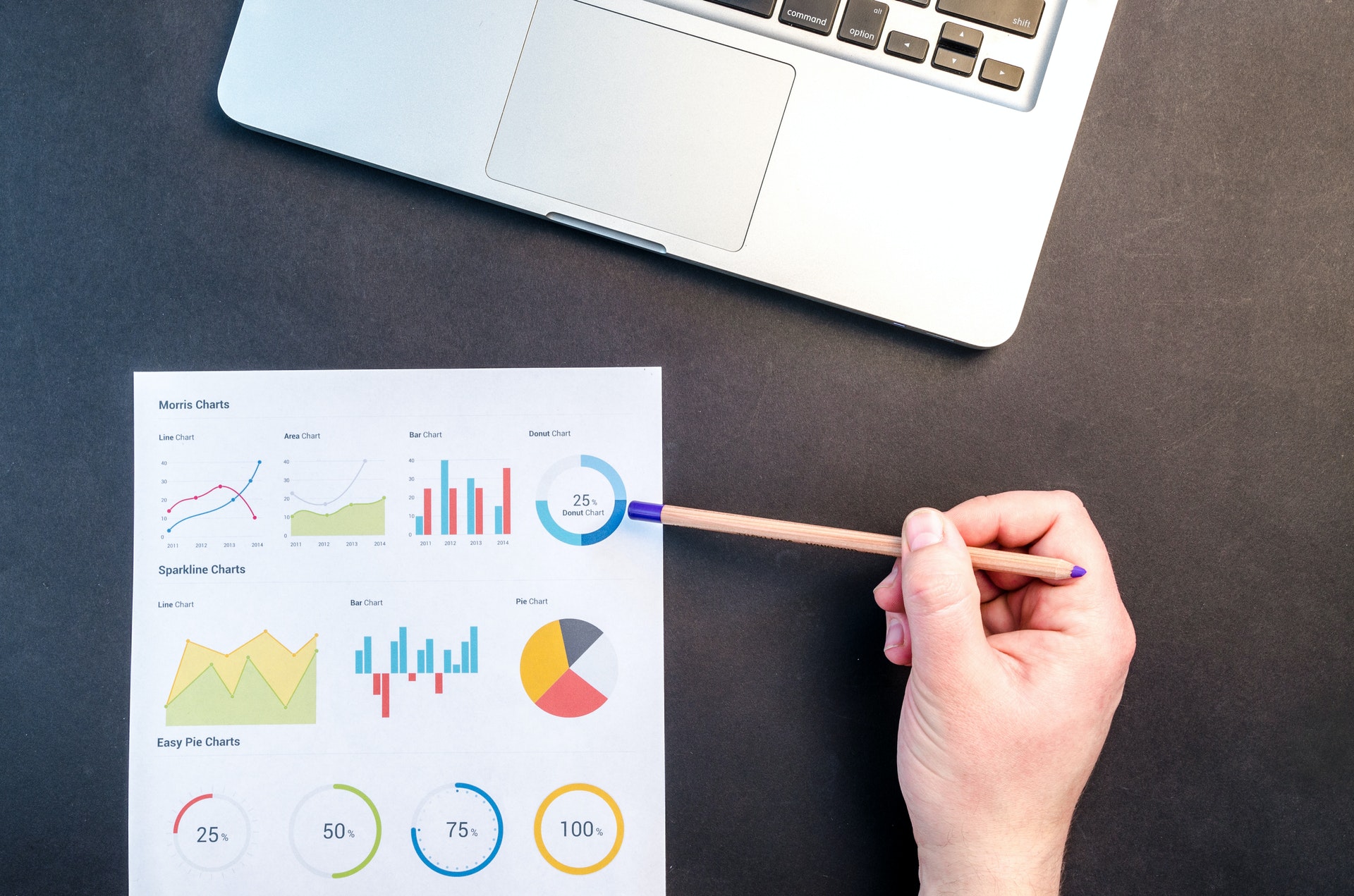B2B Conversion Rate Benchmarks: How Does Your Company Stack Up?
Published on Jan 28, 2021

Comparing your business with other competitors in your industry, apples to apples, is one of the most straightforward ways to determine your performance. Having quantifiable data to reference provides objective insights so you know what the average is and how your company fares.
Hands down, one of the most important benchmarks for B2Bs to assess is conversion rate. Having a concrete number lets you know what to expect at scale and how much effort (if any) you need to put into improving in this area.
So let’s get right into it. Here are recent B2B conversion rate benchmarks based on 2020 data from SEO Agency, First Page Sage.
How They Define Conversion Rate
For this particular study, Evan Bailyn of First Page Sage defines conversion rate as “the percentage of visitors to a company’s website that became qualified leads. It’s calculated by dividing qualified leads into total website visitors.”
To be totally clear, “‘qualified lead’ is an event where a member of your target audience makes contact with your company either passively (e.g. downloading a report or joining a mailing list) or actively (requesting a sales call).”
With HireDNA, for example, a qualified lead would be someone who requests a demo, as this would be the point where we can officially begin outreach and explain how our product can help them find A+ talent in their industry.
Their Findings
First Page Sage analyzed B2B companies across 25 different industries, which is important given that conversion rates can vary considerably between industries. Businesses in the B2B software/SaaS industry, for example, have one of the lower conversion rates at just 1.1% on average, while those in the legal services industry have the highest at 7.4%.
Here’s a full breakdown of all 25 industries from lowest conversion rates to highest.
- Computer product manufacturing – 1.1%
- B2B software/SaaS – 1.1%
- Scientific testing and measurement – 1.3%
- Higher education – 1.4%
- Commercial insurance – 1.7%
- Solar energy – 1.8%
- Investment and wealth management – 1.9%
- Commercial construction – 1.9%
- Pharmaceutical sales – 2%
- Call center and customer service – 2%
- Rehabilitation and recovery – 2.1%
- Industrial IoT – 2.2%
- PCB design and manufacturing – 2.3%
- Engineering design and software – 2.3%
- Shipping and logistics – 2.7%
- Commercial real estate – 2.8%
- Industrial manufacturing and equipment – 3%
- Lending and loan servicing – 3%
- Commercial energy management – 3.1%
- Medical device and equipment manufacturing – 3.1%
- HVAC services – 3.3%
- IT staffing and services – 3.5%
- Staffing services – 5.1%
- Point of sale (POS) services – 7%
- Legal services – 7.4%
To let you see what this looks like visually, here’s a graph from First Page Sage.
Insights from This Data
The fact that an average conversion rate can be as low as 1.1% in the case of computer product manufacturing and B2B software and as high as 7.4% with legal services shows firsthand how much it can vary depending on the industry. There are a ton of different variables that factor into conversion rate — everything from site layout and overall aesthetics to copywriting and mobile-friendliness can impact it.
But at the end of the day, B2Bs in certain industries can expect a higher average conversion rate than others. So, for instance, while a staffing services company probably would be underwhelmed with a 1.5% conversion rate given their industry average is just over 5%…
…a SaaS company would be quite happy with it given their industry average is only 1.1%.
It should be noted that the vast majority of B2B companies (22 out of 25) have conversion rates of 3.5% or lower. Only staffing services, POS services, and legal services have conversion rates over 5%. So unless you’re in one of these three industries, you probably shouldn’t expect to get much higher than the 3.5% mark.
10 industries have a conversion rate of 2% or lower, which means 40% of B2Bs don’t ever get past this mark.
It’s also important to point out that there’s an inherent plateau in terms of how far you can go with raising your conversion rate. First Page Sage notes that even a leviathan-level brand like Salefsorce piques out at under 5%, which shows that you can only realistically set the bar so high. “Most B2B conversion rates aren’t higher than this, particularly in industries with longer sales cycles,” Evan Bailyn writes.
No matter how much effort you put into conversion rate optimization (CRO), you’re going to hit a ceiling. And that’s okay. You certainly want to do everything you can to turn more website visitors into qualified leads, but you shouldn’t set unrealistic expectations that are insanely higher than your industry’s average.
That’s only going to create unnecessary stress and set you up for disappointment. At the end of the day, you should set a realistic goal and structure your campaign to get as close to it as possible.
Figuring Out What Your Conversion Rate Should Be
Identifying what “a good conversion rate” is shouldn’t be subjective. It should be completely objective where you reference legitimate data from a validated study. And the particular study mentioned here is one of the best I’ve come across recently.
It’s just a matter of pinpointing what the average conversion rate is for your industry across the board and using it to determine how your company stacks up. If you’re ahead of the game, great. Just keep doing what you’re doing.
And if you’re behind, you’ll know exactly how far you need to go to catch up.
Looking to find amazing salespeople in your industry to close more deals? See how HireDNA uses data and science to connect with these candidates and deliver next-level results.